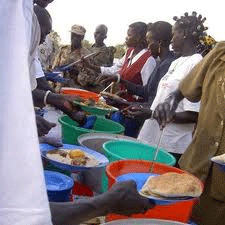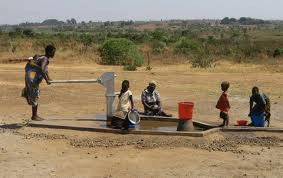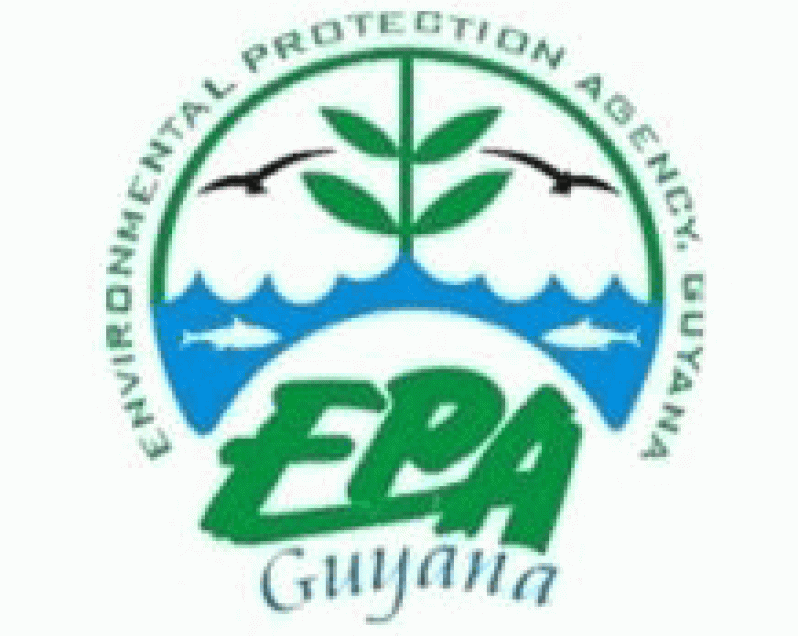Protected Areas serve as conservation tools to assist in the protection and conservation of the natural environment. They also help to preserve historic and cultural landscapes and resources.  The purpose of establishing a protected area can also be viewed as a way of conserving the natural resources within an area through a legal framework, which at the same time allows sustainable use of the resources within it. For example, eco-tourism is most popular in protected areas.
The purpose of establishing a protected area can also be viewed as a way of conserving the natural resources within an area through a legal framework, which at the same time allows sustainable use of the resources within it. For example, eco-tourism is most popular in protected areas.
Guyana is known for its significant, pristine rainforest which is estimated at 75% of its land cover. Such an expanse of virgin forest provides many habitats which in turn support a diverse variety of plants and animals.
However, if not done wisely, human activities such as logging, mining, illegal wildlife trade and settlements can impact on the natural environment.
EPA’s role in Protected Areas from Guyana
The Environmental Protection Agency (EPA) under the Environmental Protection Act (1996) is required to coordinate a National Protected Areas System. It also has this responsibility as the National Focal Point to the Convention on Biological Diversity (CBD), to which Guyana is a signatory.
The Kaieteur National Park, established in 1929, was the first legally protected area in Guyana. Much later, in the 1990s, Iwokrama Rainforest became legally protected when Guyana dedicated 2% of its forests -371,000 hectares – as a place for research “to develop, demonstrate, and make available to Guyana and the international community systems, methods and techniques for the sustainable management and utilisation of the multiple resources of the Tropical Forest and the conservation of biological diversity.”
At the turn of the second millennium, Guyana focused its attention on the establishment of a Protected Areas System. Priority areas for the establishment of protected areas were identified and included Shell Beach, Kanuku Mountains, Mount Roraima, and the southern Guyana region. After much consultation, both Shell Beach and the Kanuku Mountains became legally established Protected Areas, late last year. Additionally, the Government of Guyana passed the Protected Areas Act in June 2011 to further the establishment and management of our Protected Areas System.
What are the benefits of Protected Areas?
Research and Education
Protected Areas have been referred to as schools without walls. In a sense, that is exactly what they are because of the amount of data that they contain. They provide the opportunity for researchers/people to learn about species of plants and animals from a relatively undisturbed environment. They can also be used as study sites for various environmentally friendly projects. The studies or data obtained can help us know more about the history of an area.
Protection of Plants and Animals
Protected Areas can function as a safe place for endangered or threatened species of plants and animals. This kind of protection is necessary to maintain the species’ habitat and by so doing protect the plants and /or animals from possible wipe out or extinction.
Social and Economic Benefits
Many social and economic benefits of Protected Areas come about because of the resource being protected and the high-quality environment that the effective protected area can afford. Some of the social and economic benefits include:
• Enhancing non-consumptive uses
• Maintaining protected resources
• Providing opportunities for research and education
• Recreation/Tourism
There are ways that people in local communities can somehow benefit from tourism in protected areas in and around their communities. They can become tour operators, guides and also get benefits from selling food and making craft items. On a larger scale, this is also good for the country’s economy.
The establishment of Protected Areas is important for the protection of Guyana’s natural resources and it also supports the combating of climate change since we are committing to saving forests which trap and store carbon by the tons. Surely, we can be proud of the progress Guyana has made in the establishment of Protected Areas.
Activity
Do you know where the Protected Areas within Guyana are located on the map? Link the respective Protected Areas to their locations on the map below:
You can see that the Shell Beach Protected Area has already been linked. It is Guyana’s only established Protected Area along our coast.




.jpg)










